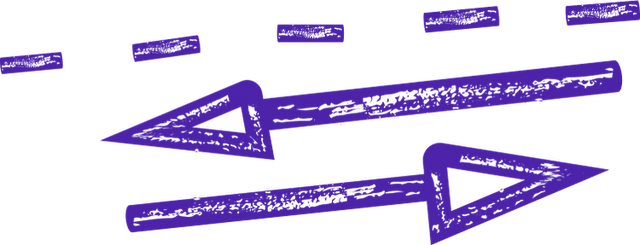
basic block
Basic Block: The Building Blocks of Efficient Code Execution
Now, let's dive into the heart of the matter. The idea behind basic blocks is to group together sections of code where control enters at the beginning and exits at the end without the possibility of branching out in the middle. This makes analyzing the control flow of programs much simpler, as each basic block becomes a single, indivisible unit of execution.
Basic blocks play a vital role in compiler optimizations, which are techniques used to improve code efficiency and reduce resource consumption. By treating each block as a single entity, compilers can apply optimization techniques like constant folding, dead code elimination, and loop optimization more effectively.
The concept of basic blocks also extends to high-level programming. For example, in a structured programming language like C++, a loop or a conditional statement typically forms a basic block. Understanding this can help programmers write cleaner, more efficient code.
However, creating and managing basic blocks can be a complex process. It requires careful code analysis to identify the starting and ending points of each block. Also, changes to the code may result in the modification or reorganization of basic blocks.
Finally, let's end on a whimsical note. Picture basic blocks as the individual cars of a roller coaster ride. Once you start on a ride (i.e., a block), you're committed to it until the end – no jumping out halfway through! It's basic blocks that ensure your code doesn't end up resembling a rogue roller coaster ride, veering off unpredictably, but instead follows a smooth, optimized path.
Let’s build your next digital product — faster, safer, smarter.
Book a free consultationWork with a team trusted by top-tier companies.








